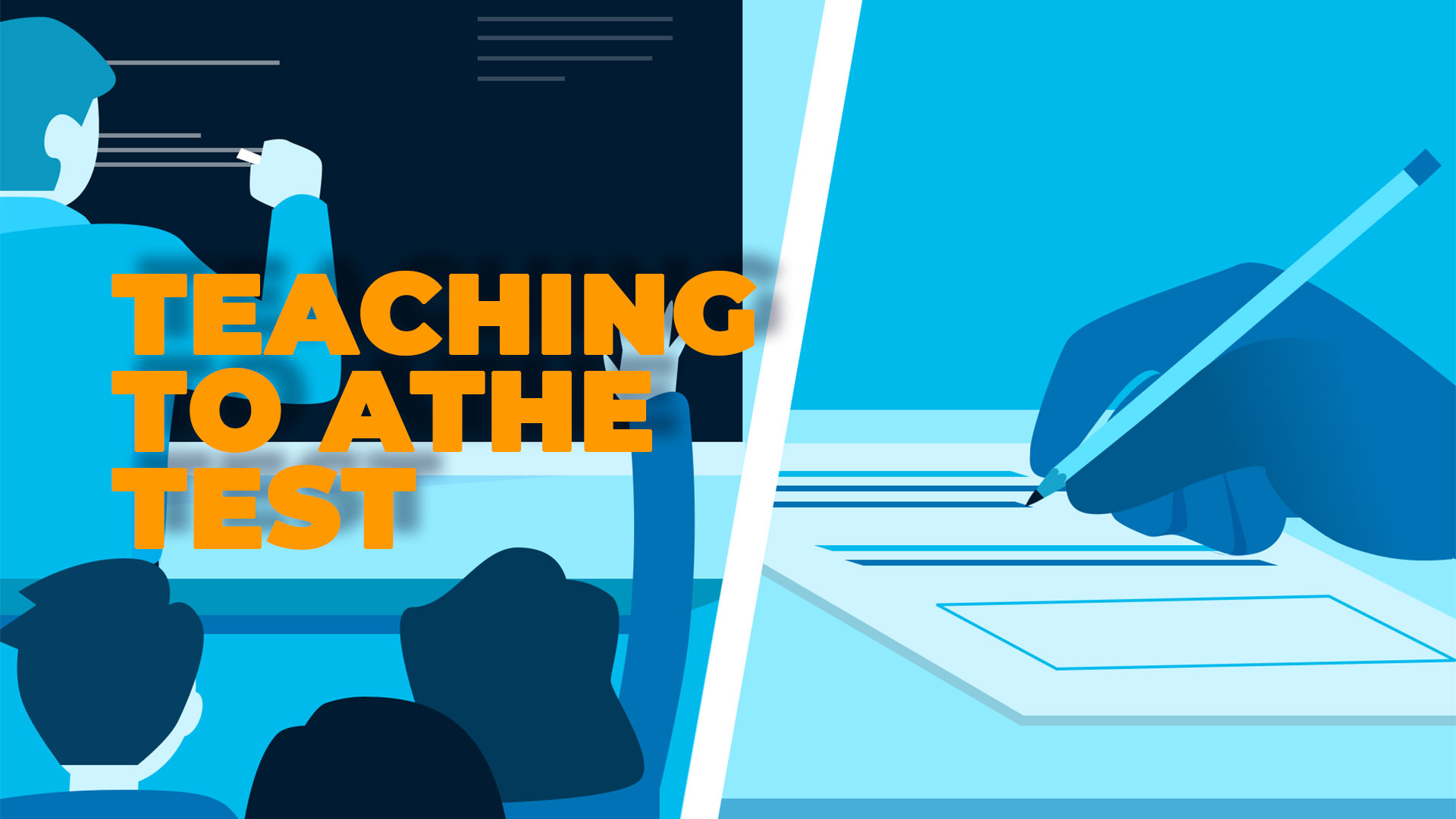Language teaching has been an essential part of the education system for decades. Learning a foreign language can provide numerous benefits, including enhanced communication skills, cognitive development, and cultural awareness. However, in recent years, the focus on testing has taken a toll on the quality of language teaching. The emphasis on teaching to the test has led to a decline in the quality of language education, and this has become a worrying trend for educators and students alike.
Teaching to the test refers to the practice of designing educational programs that aim to improve performance on exams rather than focusing on the acquisition of knowledge or skills. In the context of language teaching, teaching to the test means that students are taught how to answer specific questions that are likely to appear on exams, rather than focusing on developing their language proficiency.
The emphasis on teaching to the test has led to several negative consequences. One of the most significant is the reduction in the quality of language education. Teachers are often pressured to focus on teaching test-taking strategies and drilling students on specific exam questions rather than teaching the language itself. This can lead to a lack of engagement and motivation among students, and a failure to develop their language proficiency.
Another negative consequence of teaching to the test is the homogenization of language teaching. Teachers often teach to the test using standardized textbooks and materials, which can lead to a uniformity in teaching styles and a lack of creativity and flexibility. This can limit students' exposure to diverse teaching methods and approaches, leading to a lack of critical thinking and problem-solving skills.
Moreover, teaching to the test can lead to a narrow focus on grammar and vocabulary, at the expense of other important language skills such as speaking, listening, and cultural awareness. Language teaching should be focused on developing communication skills, including the ability to understand and use language in different contexts. However, when teaching to the test, teachers may prioritize rote memorization of grammar and vocabulary rules over the development of these essential communication skills.
Moving away from teaching to the test does not mean ignoring exam preparation altogether. Rather, it means creating a more balanced approach that prioritizes the development of language proficiency while also preparing students for exams. Here are some ways to move away from teaching to the test while still preparing students for exams:
-
Use authentic materials: Authentic materials such as news articles, songs, and movies can be an effective way to engage students in the language and provide exposure to a range of language structures and contexts. By using authentic materials, teachers can create more meaningful learning experiences that prioritize communication skills and cultural awareness.
-
Focus on communication skills: While grammar and vocabulary are important, language learning should be primarily focused on communication skills such as speaking, listening, reading, and writing. Teachers can prioritize communication skills by using activities such as group discussions, debates, and role-plays that require students to use the language in different contexts.
-
Create formative assessments: Formative assessments are ongoing assessments that provide feedback on student learning throughout the course, rather than just at the end. By creating formative assessments, teachers can provide regular feedback to students and help them identify areas of weakness that they can improve on before the exam.
-
Use exam-style questions strategically: While it is important to prepare students for the format and structure of the exam, teachers should use exam-style questions strategically. This means incorporating them into regular classroom activities rather than focusing solely on exam preparation. By doing so, students can become more familiar with the exam format without feeling like they are only learning to pass the exam.
-
Encourage self-reflection and self-assessment: Encouraging students to reflect on their own learning and assess their own progress can help them take ownership of their learning and identify areas where they need to improve. Teachers can incorporate self-reflection and self-assessment into classroom activities, such as peer evaluations and self-evaluations.
In conclusion, moving away from teaching to the test while still preparing students for exams requires a shift in focus from exam performance to language proficiency development. Teachers can achieve this by using authentic materials, prioritizing communication skills, creating formative assessments, using exam-style questions strategically, and encouraging self-reflection and self-assessment. By doing so, students can develop their language proficiency while also being prepared for exams.
